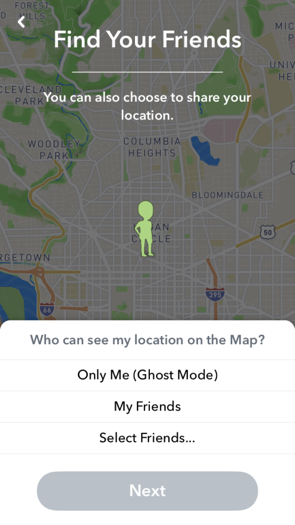Facebook’s Proactive Approach to Addressing Nonconsensual Distribution of Intimate Images
/It’s well-known that technology has made sharing sexually intimate content easier. While many people share intimate images without any problems, there’s a growing issue with non-consensual distribution of intimate images (NCII[1]), or what is often referred to as “revenge porn.” Perpetrators often share - or threaten to share - intimate images in an effort to control, intimidate, coerce, shame, or humiliate others. A survivor threatened by or already victimized by someone who’s shared their intimate images not only deserves the opportunity to hold their perpetrator accountable, but also should have better options for removing content or keeping it from being posted in the first place.
Recently, Facebook announced a new pilot project aimed at stopping NCII before it can be uploaded onto their platforms. This process gives people who wish to participate the option to submit intimate images or videos they’re concerned someone will share without their permission to a small, select group of specially trained professionals within Facebook. Once submitted, the images are given what’s called a “hash value”, and the actual images are deleted. “Hashing” basically means that the images are turned into a digital code that is a unique identifier, similar to a fingerprint. Once the image has been hashed, Facebook deletes it, and all that’s left is the code. That code is then used as a way for Facebook to identify if someone is attempting to upload the image and prevent it from being posted on Facebook, Messenger, and Instagram.
Facebook’s new pilot project may not be something everyone feels comfortable using, but for some it may bring much peace of mind. For those who believe it may help in their situation, we’ve outlined detailed information about how the process works:
- Victims work with a trusted partner. Individuals who believe they’re at risk of NCII and wish to have their images hashed should first contact one of Facebook’s trusted partners: the Cyber Civil Rights Initiative, YWCA Canada, UK Revenge Porn Hotline, and the eSafety Commissioner in Australia. These partners will help them through the process and identify other assistance that may be useful to them.
- Partner organizations help ensure appropriate use. The partner organization will carefully discuss the individual’s situation with them before helping them start the hashing process. This helps ensure that individuals are seeking to protect their own image and not trying to misuse the feature against another person. It’s important to note that the feature is meant for adults and not for images of people under 18. If the images are of someone under 18, they will be reported to the National Center for Missing and Exploited Children. Partner organizations will help to explain the reporting process so that individuals can make appropriate decisions for their own case.
- The Image will be reviewed by trained staff at Facebook. If the images meet Facebook’s definitions of NCII, a one-time link is sent to the individual’s e-mail. The link will take the individual to a portal where they can directly upload the images. All submissions are then added to a secure review queue where they will be reviewed by a small team specifically trained in reviewing content related to NCII abuse.
- NCII will be hashed and deleted: All images that are reviewed and found to meet Facebook’s definition of NCII will be translated into a set of numerical values to create a code called a “hash.” The actual image will then be deleted. If an image is reviewed and Facebook determines it does not match their definition of NCII, the individual will receive an email letting them know (so it’s critical that someone use an email that cannot be accessed by someone else). If the content submitted does not meet Facebook’s definition of NCII, then the concerned individual may still have other options. For example, they may be able to report an image for a violation of Facebook’s Community Standards.
- Hashed images will be blocked: If someone tries to upload a copy of the original image that was hashed, Facebook will block the upload and provide a pop-up message notifying the person that their attempted upload violates Facebook’s policies.
This proactive approach has been requested by many victims, and may be appropriate on a case-by-case basis. People who believe they’re at risk of exposure and are considering this process as an option should carefully discuss their situation with one of Facebook’s partner organizations. This will help them make sure they’re fully informed about the process so that they can feel empowered to decide if this is something that’s appropriate for their unique circumstances.
For more information about how survivors can increase their privacy and safety on Facebook, check out our Facebook Privacy & Safety Guide for Survivors of Abuse.
[1] NCII refers to private, sexual content that a perpetrator shares publicly or sends to other individuals without the consent of the victim. How we discuss an issue is essential to resolving it. The term “revenge porn” is misleading, because it suggests that a person shared the intimate images as a reaction to a victim’s behavior.


